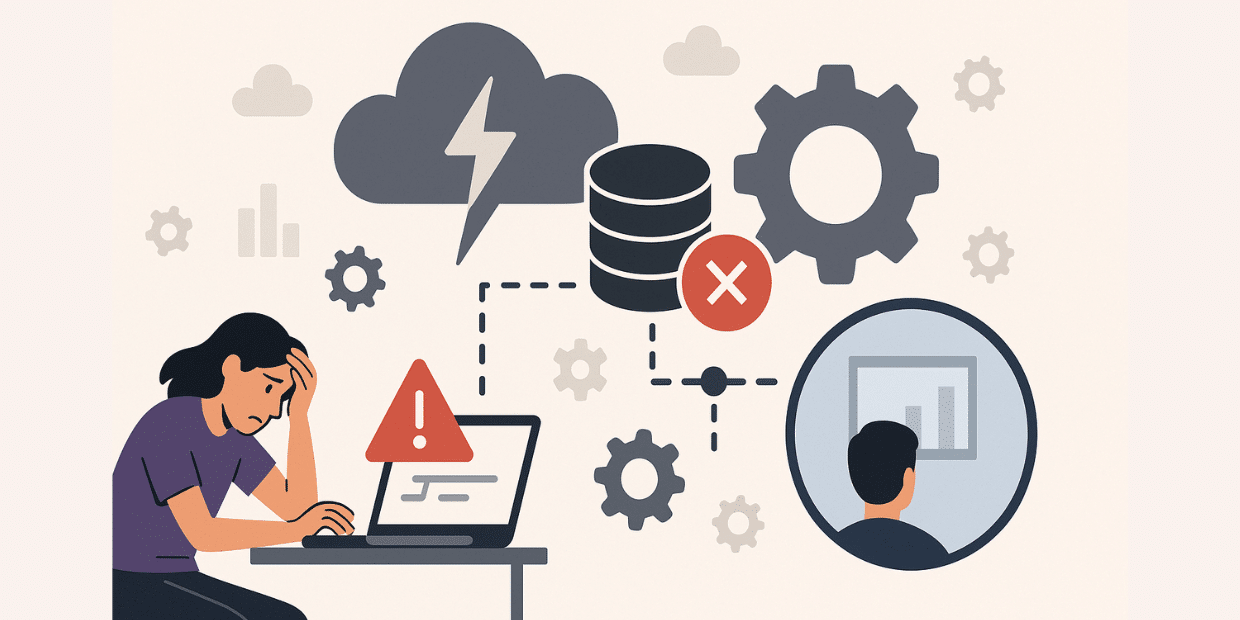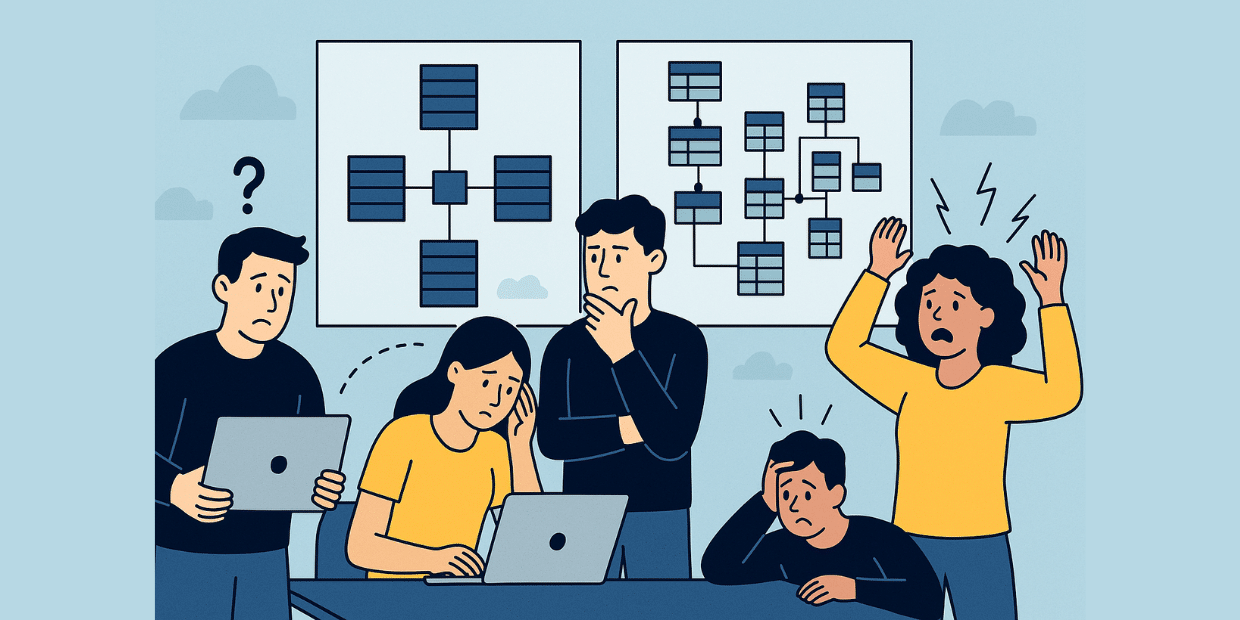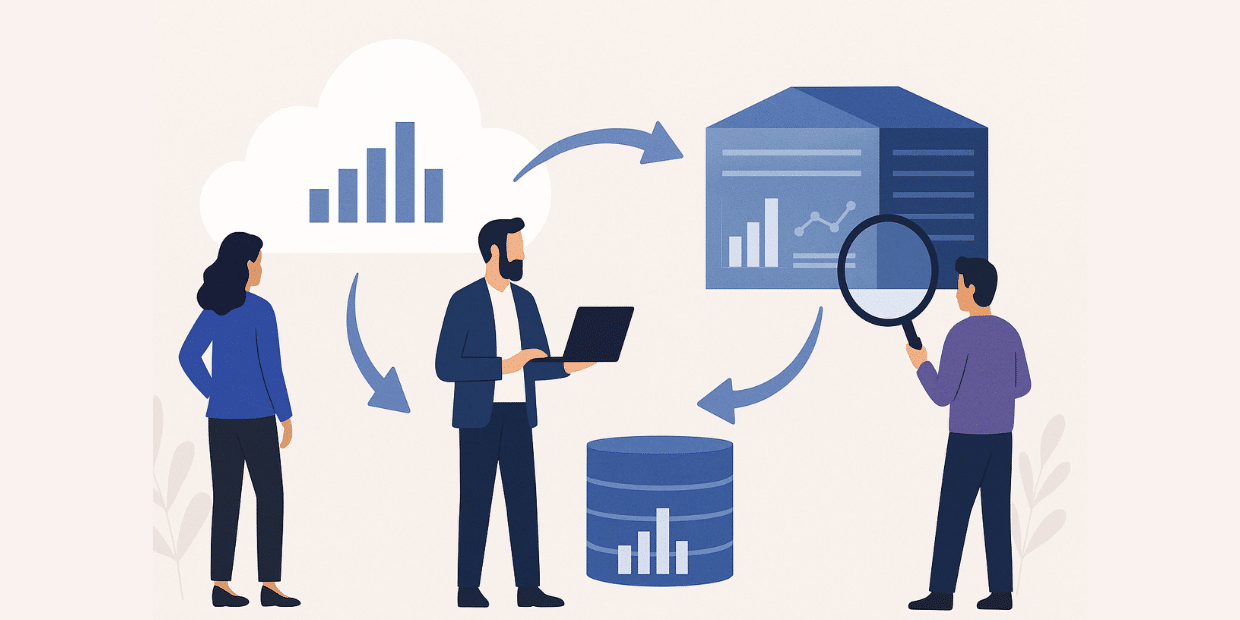Get the latest AI, data, and technology insights from Matatika’s experts direct to your inbox.
-
The Processing Paradox: Why Row-Based ETL Pricing Ignores How Analytics Actually Works
Modern ETL pricing models often charge based on row counts, which fundamentally misaligns with how analytical systems actually process data—via columnar methods focused on compute efficiency and performance. This disconnect not only creates technical debt and unpredictable costs but also diverts engineering resources away from optimisation and innovation toward managing arbitrary billing constraints.
Read the article -
The Hidden Business Cost of Row-Based ETL Pricing: When Growth Becomes a Liability
Row-based ETL pricing models create unpredictable, disproportionately high costs that penalize business growth, disrupt budgeting, and divert engineering resources from innovation to cost control. Performance-based pricing, aligned with actual infrastructure usage, offers a more predictable and strategic alternative that supports scalable data operations without financial volatility.
Read the article -
7 Hours of Firefighting: What Google Cloud’s June Outage Really Cost Data Teams
The June 12, 2025 Google Cloud outage revealed a harsh truth: modern data stacks often create more firefighting than innovation, as fragmented toolchains and so-called “managed” services increase maintenance burdens, costs, and risk. Matatika’s Mirror Mode offers a risk-free path out of this cycle by allowing teams to validate a more stable, antifragile infrastructure—enabling a shift from constant maintenance to strategic, high-impact data work.
Read the article -
Choosing Between Star and Snowflake Schemas for Your Data Warehouse
Many data teams avoid proper data modelling due to its perceived complexity, often relying on ad-hoc structures that lead to performance issues and eroded trust in analytics. The most effective teams use flexible schema strategies, balancing star and snowflake designs, to align with their specific performance, storage, and maintenance needs.
Read the article -
Data Lake vs Data Warehouse: What’s the Difference and Which Should You Choose?
Many organisations feel forced to choose between a data lake or a data warehouse due to cost, complexity, or skill constraints, often settling for suboptimal setups that limit agility and inflate costs. Leading data teams are now adopting hybrid lakehouse architectures and transition tools like Mirror Mode to unify storage, improve analytics speed, and cut spend, without the disruption of traditional migrations.
Read the article
Data Leaders Digest
Stay up to date with the latest news and insights for data leaders.





